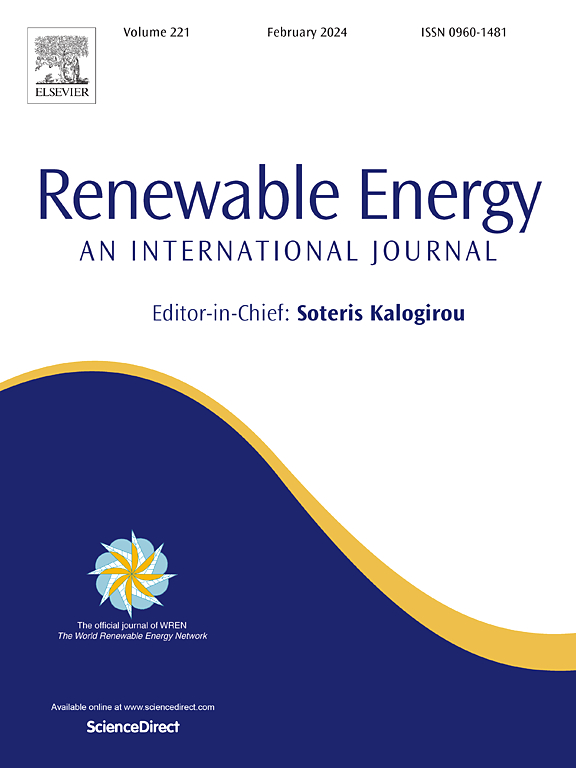A holistic approach for harnessing multifarious pretreatment techniques and transesterification process optimization of Coelastrella biomass for biodiesel via central composite design
IF 9
1区 工程技术
Q1 ENERGY & FUELS
引用次数: 0
Abstract
A cost-effective and energy-efficient pretreatment method and solvent system is imperative for economically viable lipid extraction from microalgae. Additionally, optimizing the transesterification process to select optimal parameters that aid in enhanced biodiesel production is also a crucial obstacle. Therefore, the present study compares and optimizes several lipid extraction methods and solvents based on their total lipid extraction efficiency from the test culture Coelastrella sp. using a central composite design (CCD). Further, optimization of acid-catalyzed transesterification parameters was also investigated using CCD, and the produced biodiesel was analyzed for fatty acid composition. Among the methods and solvents, the Soxhlet method and Chloroform: Methanol (2:1) solvent system showed higher lipid recovery at about 24.55 % over other pretreatment methods and solvents studied. CCD optimization reveals that the optimal variables for high lipid recovery are 50 rpm stirring speed, 45 mL chloroform: methanol solvent volume, 80 °C temperature, and 150 min reaction time. Further, the relative abundance of neutral lipids, phospholipids, and glycolipids in the total lipids of the Coelastrella sp. are estimated to be 56.47, 19.42, and 24.10 %, respectively. Acid-catalyzed transesterification process optimization by CCD reveals 120 min reaction time, 80 °C temperature, 11 mL methanol, and 5 % HCl concentration are optimal factors for achieving higher biodiesel yield at about 69 %. Eventually, the fatty acid compositional analysis showed C16:0 and C18:1 as vital fatty acids in the biodiesel at about 20 % and 14.56 %, respectively.
求助全文
约1分钟内获得全文
求助全文
来源期刊

Renewable Energy
工程技术-能源与燃料
CiteScore
18.40
自引率
9.20%
发文量
1955
审稿时长
6.6 months
期刊介绍:
Renewable Energy journal is dedicated to advancing knowledge and disseminating insights on various topics and technologies within renewable energy systems and components. Our mission is to support researchers, engineers, economists, manufacturers, NGOs, associations, and societies in staying updated on new developments in their respective fields and applying alternative energy solutions to current practices.
As an international, multidisciplinary journal in renewable energy engineering and research, we strive to be a premier peer-reviewed platform and a trusted source of original research and reviews in the field of renewable energy. Join us in our endeavor to drive innovation and progress in sustainable energy solutions.
 求助内容:
求助内容: 应助结果提醒方式:
应助结果提醒方式:


